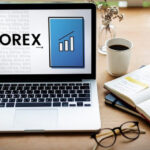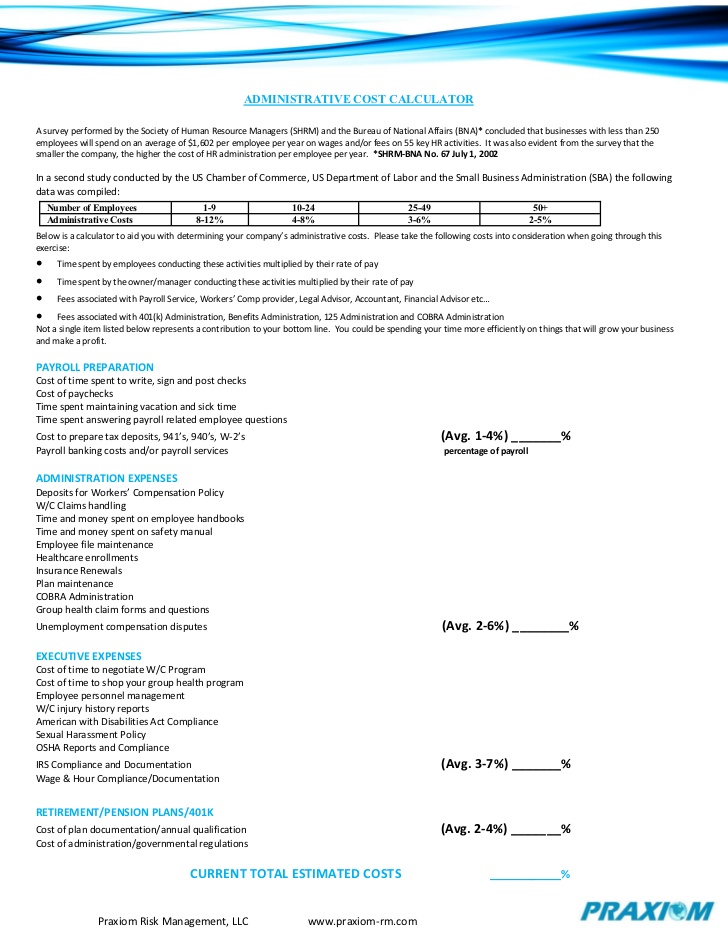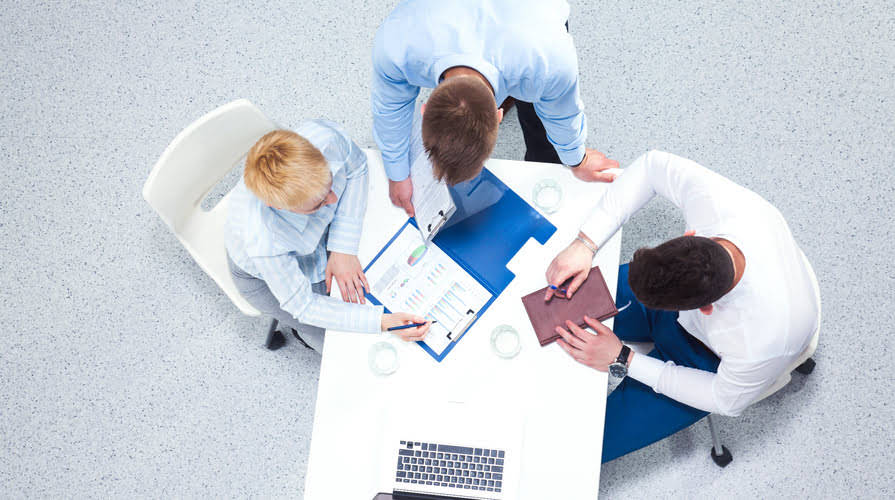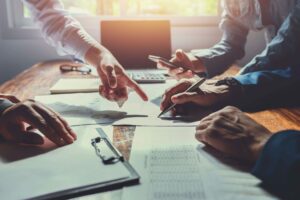
This is a much more cost-effective solution than hiring payroll services. At any time, your staff could become ill and miss important tax dates or paycheck filing. It’s essential to have a backup person (or people) who can competently run payroll if the usual person is out sick https://www.accountingcoaching.online/3-types-of-inventory-2/ and unable to do it. Having a backup plan will ensure a business stays legally compliant, and the staff won’t foster resentment from a missed or miscalculated paycheck. With a process as complicated as payroll, there are numerous places an organization can make fatal errors.
City orders audit after pay mix-up for hundreds of laborers
This takes time and effort that could have been avoided if the mistakes had been caught early or prevented entirely. Not only can misclassification deny an employee important benefits and wages, it may also mean the government misses out on valuable tax dollars. If left unchecked, the resulting underpayment or overpayment can turn into a costly payroll error, with EY reporting 12% of companies were fined by a regulatory body for misclassification errors. These fines cost an average of $5,200, with the largest fine reported as $100,000. As mentioned above, states have specific laws dictating the frequency of payments. Non-compliance can result in penalties, interest on missed payments and even legal action.
Most Common Payroll Mistakes
However, if you don’t do your best to manage and avoid payroll mistakes, the risks to your business can be significant. Not filling out or filing employee tax forms correctly also impacts your ability to pay the company’s payroll taxes accurately. This is not only a compliance issue for the business but can also result in you owing the IRS a lot of money. The Fair Labor Standards Act requires employers to pay employees promptly as do some states. For instance, in California, employers must pay a penalty of $100 a day for an initial violation.
- The easiest way to prevent miscalculations is to invest in automated payroll software, like Remote.
- It could cause them real financial hardship – and it could also send the message that your company is in a poor financial situation, leading to employees fearing layoffs.
- The Fair Labor Standards Act entitles employees to certain rights based on their employment status, such as overtime pay and a guaranteed minimum wage.
- To steer clear of this common payroll mistake, get to know the difference between exempt vs. nonexempt workers.
- From miscalculating pay to record-keeping errors, a simple payroll mistake can cost your small business.
Errors in an Employee’s Legal Name, Social Security Number and/or Address
Sign up for a free trial today to see for yourself how When I Work can help you pay your employees accurately and on time. Miscalculating or failing to pay overtime is a labor law violation. It can also cause financial problems and dissatisfaction among employees. Unfortunately, they can also impact employee trust and satisfaction. Instead, keep your payroll documents in a locked cabinet or a password-protected/encrypted file that only required personnel can access to ensure confidentiality amongst staff.

Miscommunications due to language barriers or cultural misunderstandings can also result in payroll errors, such as incorrect data entry or misinterpretation of employment contracts and benefits. You’re likely to miss something if you’re using multiple spreadsheets or paper ch 6 payroll practice test flashcards documents to keep track. Unfortunately, even one wrong entry can result in a costly payroll error. Organized recordkeeping ensures that you stay compliant and pay employees correctly and on time. And remind employees to let you know when their information changes.

Discover the world’s #1 plan building software
Payday should be a day that your employees look forward to, but if you make common payroll mistakes, it can be a headache for everyone. Failure to pay overtime correctly can lead to wage disputes and legal actions. Familiarize yourself with overtime laws where you have employees working and ensure accurate calculation and compensation for overtime hours. For example, the standard rule for overtime pay is 1.5 times an employee’s hourly rate for every hour worked beyond 40 hours a week. If your state’s overtime rules differ, you must comply with the regulations that are most beneficial to the worker.

Missing a tax deadline can cost your company a considerable amount with late fees, penalties, or even legal trouble. Knowing your timeline—both internal for paydays and external for taxes—is vital to a smooth payroll process. When it comes to payroll, there are a lot of things that can easily fall through the cracks and cause major headaches. To help you avoid the time-consuming and costly consequences of payroll issues, we’ve outlined the most common https://www.accountingcoaching.online/ we see organizations make (and what they’ll cost you). Incorrectly logged overtime hours can lead to improper overtime payments, which leads to corrections possibly spanning across multiple tax years. Correcting those errors takes time and can be incredibly unsettling for employees, whether they are underpaid or overpaid and have to return money to the company.
Rupert Jones is a financial independence geek who strongly believes in the power of networking. He spends his time helping people leverage secrets of financial wealth and processes to achieve financial freedom. Kat Cox works to provide answers to the questions small business owners have about how to set up, run, or fund their businesses. An accounting professional can help you decipher how payroll works and which fringe benefits create payroll liabilities.
Unfortunately, mistakes happen — but it’s how you deal with them that matters. You need to learn from each mistake and reduce the chances of them happening again by putting better payroll practices in place. The priority should, of course, be rectifying the error and making the employee financially whole. But how you communicate and handle the mistake can have a long-lasting impact on their happiness and engagement with your company. If you react positively, it can even potentially turn a negative situation into a positive. Ensure that your employees are regularly reminded to log their hours accurately.
With the support of a reliable partner and an integrated payroll system, you can build an efficient payroll process, stay in compliance, and deliver error-free paychecks to your employees. For more insights, read our Ultimate Guide to Choosing the Best Payroll Provider. As you can see, keeping your payroll error-free can be time consuming and complex.
Payroll can be time-consuming — particularly if you have a limited payroll and HR team, but that’s where payroll software comes in handy. You may also want to keep lists of all new hires, all pay changes, all deduction changes, and other updates in one central location, organized by pay period. Then, when you’re working on payroll for that period, you can review each list to ensure all the changes made it into your system accurately. Not only does this data keep your organization safe in case of future audits, it also helps you run payroll more smoothly.
Many states impose their own record-keeping requirements on employers that may extend beyond three years. As long as everyone involved is aware of important stipulations and understands how to legally manage payroll, you can avoid many — if not all — of these mistakes. You can improve your chances even more by using a reputable payroll system (like Gusto) or a payroll service (like a PEO). In the months ahead, the IRS will dedicate significant resources to promoting and enforcing compliance with the final clean energy rules. Because some states send notices each year to alert employers to tax rate changes, open and review all mail from the state or local governments.
To help with calculations and taxes and keep up with ever-changing tax laws and rates, you may find it easier to use payroll software. You can also outsource your payroll to an accountant to handle everything for you. Classifying employees as exempt or nonexempt is a foundational element of payroll management. This distinction, rooted in the Fair Labor Standards Act (FLSA), determines eligibility for overtime pay, break periods and job responsibilities, among other items. Unfortunately, small businesses in particular are more prone to errors due to limited resources and administrative personnel.



















